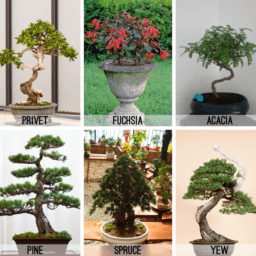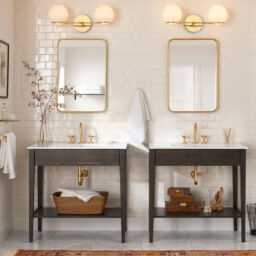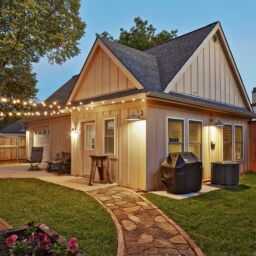LED’s (Light Emitting Diodes) have been in our lives for a long time already. In the simplest of examples, they are commonly used in electrical appliances to signal that the unit is on – e.g. the little red standby light on the front of your TV. Now manufacturers have expanded the product line of LED’s into everyday household light fittings such as GU10 spotlight bulbs.
But what about the cost? Yes, they are not the cheapest bulbs available. But there is so much more to this story than just the initial cost of this bulb.
- Long Life span: The life span of LED lights definitely stands out as one of its top benefits. LED bulbs and diodes have an outstanding operational life time of up to 50000 hours. To put it into a time frame, an LED bulb could last up to 11 years in continuous operation or if it was used for 8 hours per day it would take 20 years before it would need to be replaced.
- Energy Efficiency: LEDs are undoubtedly the most efficient way of lighting, with an estimated energy efficiency of 80%-90% compared with the traditional incandescent light bulbs who operate at 20%. The remaining percentage is lost and converted into other forms of energy such as heat. Here is an example to put that into perspective: If you use traditional lighting and have an electricity bill of £100, then £80 of that money has been used to heat the room, not to light it! Using LED Bulbs with 80% efficiency, the electricity costs would be around £20 and you’d have saved around £80.
- Environmentally Friendly: Whereas conventional fluorescent light bulbs contain hazardous materials such as mercury, LED bulbs contain no toxic materials and are 100% recyclable. Not only do they therefore help reduce your carbon footprint by up to a third, the long life span means that one LED bulb can save material and production of 25 incandescent bulbs.
- Durability: LED bulbs are built with sturdy components that are highly rugged and can withstand even the roughest conditions. Because they are resistant to shock, vibrations and external impacts, they make great outdoor lighting able to withstand rough conditions and exposure to weather, wind, rain or even external vandalism, traffic related public exposure and construction or manufacturing sites. LED bulbs are also ideal for operation under cold and low outdoor temperature settings. For fluorescent lamps, low temperatures may affect operation and present a challenge, but LED illumination operates well also in cold settings, such as for outdoor winter settings, freezer rooms etc.
- Design Variety: From different colour temperatures, beam angles, dimming options and shapes, LEDs continue to produce highly efficient illumination. LED mood illumination is a good example of how the design technology is being used. It is already being utilized in airplanes, classrooms and many more locations and we can expect to see a lot more LED mood illumination in our daily lives within the next few years.
Another important question to ask yourself: Are incandescent bulbs being phased out?
Although on the most part incandescent bulbs were never banned, the Energy Independence and Security Act of 2007 (EISA) stated that any lamp that failed to meet its energy standards could no longer be manufactured.
A FAQ document posted by Energy Star explained these restrictions I this way:
“The standards are technology neutral, which means any type of bulb can be sold as long as it meets the efficiency requirements. Common household light bulbs that traditionally use between 40 and 100 watts will use at least 27% less energy by 2014.”
Putting it into layman’s terms, if a manufacturer wants to sell incandescent bulbs beyond 2013 then they would need to come up with more energy efficient technology.
However lighting manufacturers have yet another hurdle ahead with EISA. In 2020 light bulbs will have to be 60-70% more efficient.
So do the 2020 standards set by EISA spell the end for incandescent bulbs?
With the major price reductions in CFLs and LEDs in recent years, as well as the drastic difference in energy efficiency and their drastically different lifetimes, it is not too hysterical to prophesise of incandescent bulbs being discontinued altogether in the 2020s.
AUTOPOST by BEDEWY VISIT GAHZLY




